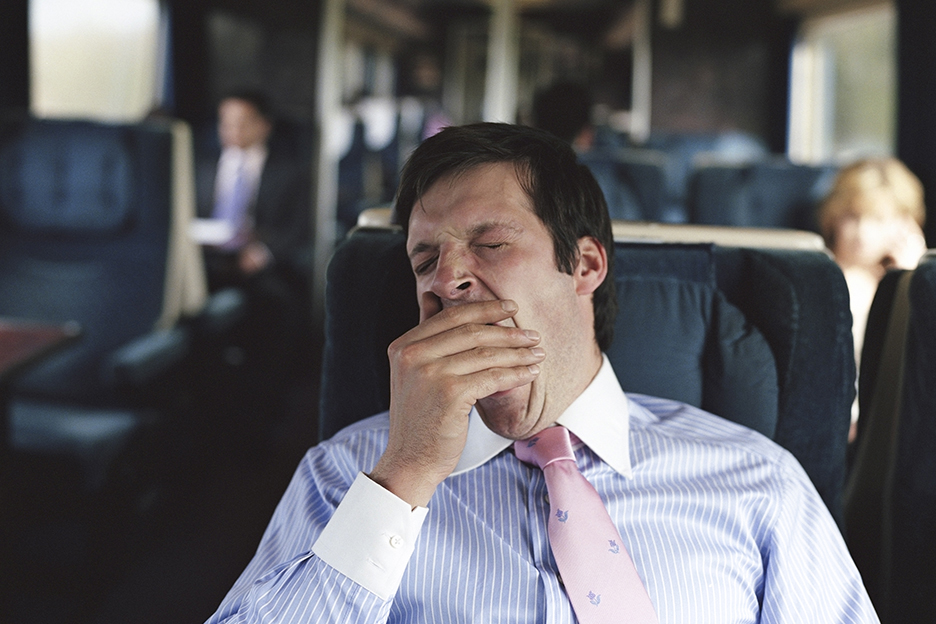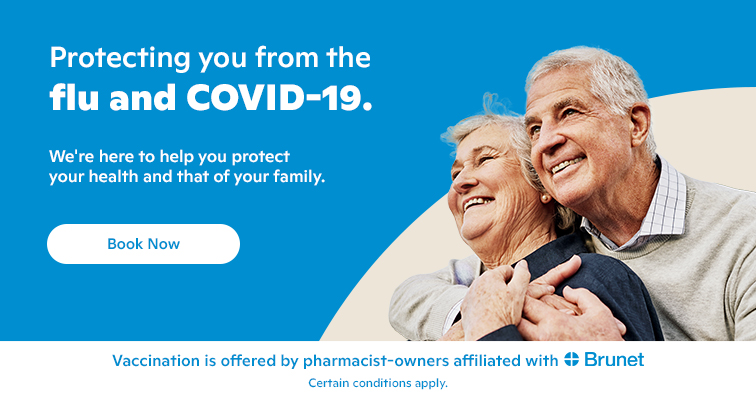It is well-known that too much sugar in the blood, as is the case for people with diabetes, can have several negative consequences. However, did you know that too little sugar in the blood can also cause problems?

Hypoglycemia: a concern for diabetics
When you live every day with diabetes, you know the importance of keeping your blood sugar level (known as “blood glucose”) within a very specific target range. To function normally, the body needs a certain amount of sugar, known as glucose. Blood glucose is the amount of glucose (sugar) in your blood at a given time, usually expressed in millimoles per litre (mmol/L). In individuals with diabetes, blood glucose is abnormally high, which can have harmful consequences on several aspects of your health. Therefore, the objective of treatment and of other measures used to manage diabetes is to lower the level of blood glucose to bring it back to the desired values.
However, blood glucose can also be too low, such as in the case of hypoglycemia. This occurs when the level of sugar in the blood drops below 4 mmol/L. Because their effect is to lower blood glucose, some medications, such as insulin, can cause an excessive drop in blood glucose, called hypoglycemia. Hypoglycemia prevention is one of most important aspects of controlling diabetes.
Signs and symptoms of hypoglycemia
If you are living with diabetes, it is desirable to monitor your blood glucose closely, using a little electronic device called a blood glucose monitor. This device can alert you if you are having a hypoglycemic episode; should this happen, it will likely give you a result below 4 mmol/L. As well, if you are experiencing hypoglycemia, you may feel one or more of the following signs or symptoms:
- trembling or shakiness
- weakness
- hunger
- tingling on the skin
- confusion
- sweating
- fatigue
- difficulty expressing yourself
- heart palpitations
- drowsiness
- nausea
- difficulty concentrating
- anxiety
- headache
- dizziness
Hypoglycemia can also occur during sleep. The main symptoms in this case are nightmares and night sweats. During severe episodes, a person may lose consciousness, fall, or in the most severe cases, enter into a coma. Symptoms may differ widely from one person to another. It is therefore important for people at risk of developing hypoglycemia to learn how to recognize and treat this problem.
Risk factors
La plupart des épisodes d’hypoglycémie surviennent chez des patients vivant avec le diabète. Il est toutefois possible qu’une personne en santé souffre d’hypoglycémie dans certaines circonstances. Par exemple, le fait de sauter un repas peut faire diminuer de façon importante le taux de sucre dans le sang et entraîner des symptômes désagréables.
Chez les individus aux prises avec le diabète, plusieurs raisons peuvent expliquer une hypoglycémie, y compris :
- manque d’éducation sur l’hypoglycémie et ses traitements;
- âge avancé;
- présence d’une insuffisance rénale ou hépatique;
- exercice non prévu;
- repas sauté ou retardé;
- prise d’alcool en l’absence d’un apport alimentaire suffisant;
- prise d’autres médicaments;
- erreur de dosage de la médication, surtout l’insuline.
Prevention
Prevention is an important part of managing hypoglycemia. You should identify the factors that contribute to this problem and then eliminate them as much as possible. For example, if you often have hypoglycemic episodes during physical activity, eat a snack before doing exercise and verify your blood glucose level more regularly before and after exercise. If you often experience hypoglycemia but are unable to identify the cause, discuss it with your doctor. If you are taking medication for diabetes, it could be that the dosage needs to be modified.
Treating mild to moderate hypoglycemia
During a mild to moderate hypoglycemic episode, the patient is usually conscious. The main treatment consists in administering carbohydrates, which are a form of sugar. Give 15 grams of carbohydrates, and then wait 15 minutes. After this time, measure the blood glucose. If it is normal, that is, above 4 mmol/L, the treatment ends there. However, if the blood glucose is still low, re-administer 15 grams of carbohydrates, and repeat the process until a normal level is reached. Here are some examples of acceptable sources of carbohydrates:
- 1 tablespoon (15 ml) of table sugar dissolved in water
- 3/4 cup (180 ml) of regular soft drink or fruit juice
- 1 tablespoon of honey or maple syrup
There are also products that can provide the necessary amount of carbohydrates in tablet or gel form. Your pharmacist can suggest certain products for treating hypoglycemic episodes. These products are available without a prescription.
Treating severe hypoglycemia
In cases of severe hypoglycemia, where the subject is unconscious, injection of a product called glucagon is required. This is available from your pharmacist, who can explain how to use it.
Hypoglycemia can occur unexpectedly and have serious consequences, especially if it is severe. If you are subject to hypoglycemic episodes, you should always carry a source of carbohydrates with you. The people around you should be informed of your situation and know what to do if you have a hypoglycemic episode. Don’t hesitate to contact your pharmacist or the health professional following your diabetes to help you establish an action plan for dealing with hypoglycemia. You can never be too prepared for the unexpected!
